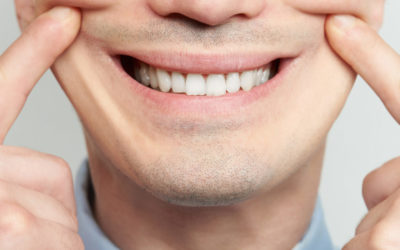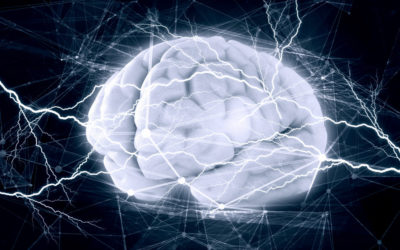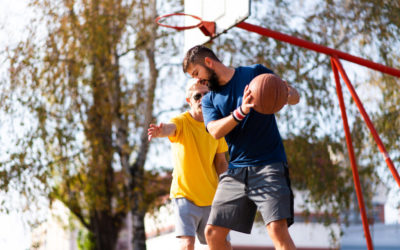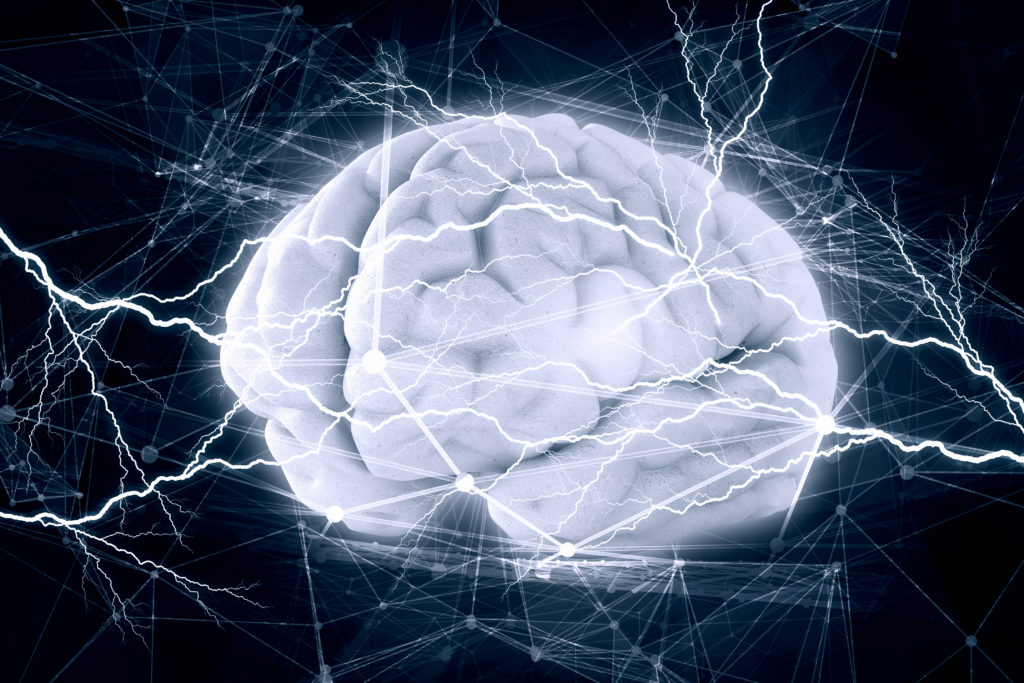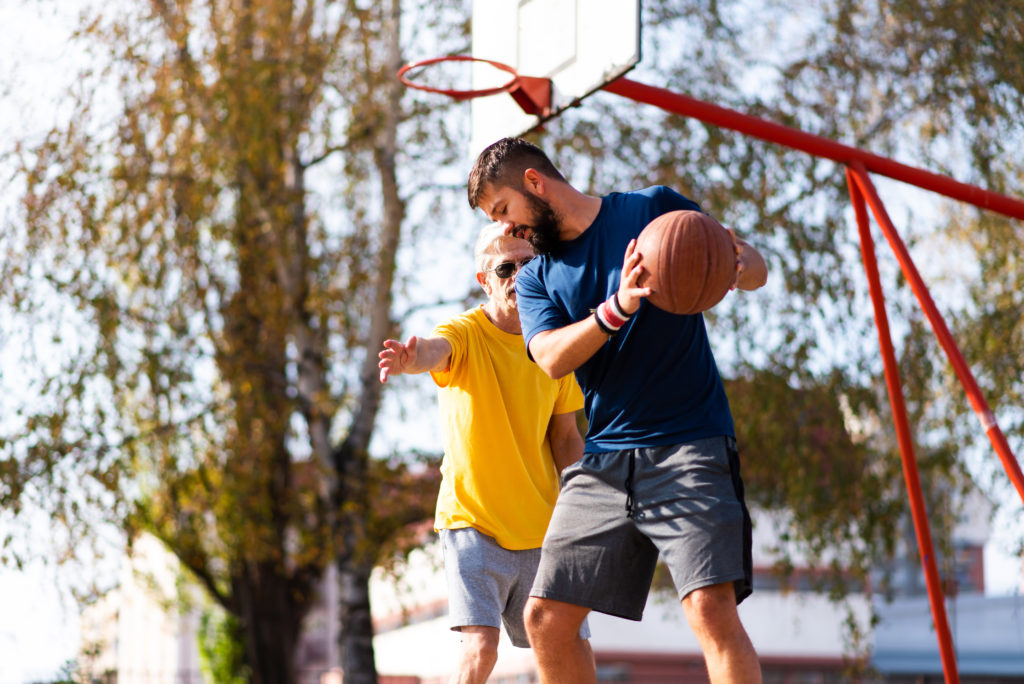Can just smiling, even if fake, improve your mood? This has been proven, debunked, re-proven and now re-re-proven…

Yes, Fake Smiling Does Improve Your Mood
Quick Hits
Daily brief research updates from the cognitive sciences
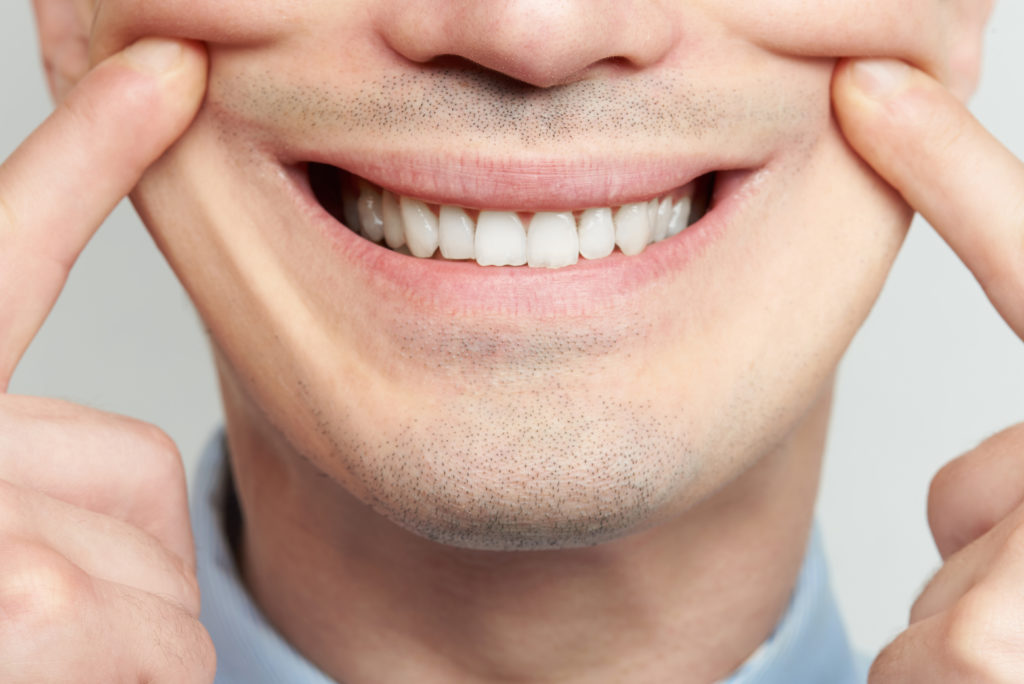
Fake it till you make it – or so the saying goes. That means things like act confident, even if you don’t feel it, until you feel confident. When it comes to mood, and happiness, there has long been the advice of “just smile, it will make you feel better”. With the assumption that the movement of smiling will trigger a host of knock-on effects. Makes sense, right?
Yes, it does make sense, but, it has been difficult to prove. This also is the history of a legendary study published in 1988 which involved having participants watch a video with a pencil between the teeth, forcing the mouth into a sort of grin (the smiling scenario), or holding the end between the lips to form the mouth into a “pout, a more negative facial expression.
The hypotheses was that the pencil pushing the mouth into this involuntary smile or pout could and would impact impressions of how amusing the participants judged the videos they were watched, and also their mood.
Strack et al. did indeed find a correlation and so it was deemed proven that forcing a smile will make you feel better. That is until it fell, and fell heavily, to the replication crises in psychology.
The replication crises, for those who don’t know, was the realisation that many studies in psychology couldn’t be replicated. So, if another researcher repeated it, they got different results. Basically, if a study can’t be replicated then it kind of nullifies the whole experiment and subsequent results. And particularly worrying is that many of the most famous, most cited, and most popular studies seemed to be falling.
The pencil and smile one by Strack et al, was just such a study. Oft cited and much written about and spoken about by motivational speakers like I was. Not only could it not be replicated in different individual studies, but a global consortium ran 17 experiments with about 2’000 participants according to the same rigorous protocol while they were all videoed.
And what were the results?
Almost no effect. This seemed to wipe the smiling study off the plate. Psychologists were up in arms about the state of their science, and we all lost a favourite study to quote. But the story doesn’t end there. Strack himself had noted that a problem with the replication was that participants had been filmed during the experiment. And we all know that we tend to change our behaviour when observed. Could this be influencing the results?
Well, this is then what a group of Israeli researchers decided to investigate in 2018. And lo and behold what they found was precisely that: when filmed or unfilmed the results replicated both cases. There was an effect size almost identical to Strack’s original study when unfilmed, and similar to the follow up studies when filmed. Both studies are therefore correct.
That is a bit of history to understand the background to this particular experiment. And it now has a study to complement it. In this, however, sceptics and supporters for the smiling hypotheses came up with a protocol that they both agree would be more suitable. Holding a pencil between your teeth in a fake grin or to pout can be unwieldy, uncomfortable and unnatural. Therefore, participants either mimicked a smile from an actor’s picture or pulled their lips towards their ears in a forced smile but also repeated the pencil in mouth technique. This was a large-scale study across 19 countries and with 3’878 participants.
And what did they find?
They found that the two conditions of mimicking a smile and forcing a smile were effective: “facial mimicry and voluntary facial action task could both amplify and initiate feelings of happiness”. So yes smiling, even if fake and forced, does make you feel happier.
And interestingly the pencil condition was hardly effective. This points to the original problem with Strack’s original research was that a pencil does not force the mouth into a natural smiling shape and therefore is not very effective at replicating the “smile to be happy” hypotheses.
So, that’s a long-winded way of saying – what many have assumed is correct all along: yes, you can fake it to make it, and smiling will make you happier, whether forced, or fake.
So, keep smiling and if you are feeling down a fake smile will help!

Andy Habermacher
Andy is author of leading brains Review, Neuroleadership, and multiple other books. He has been intensively involved in writing and research into neuroleadership and is considered one of Europe’s leading experts. He is also a well-known public speaker, speaking on the brain and human behaviour.
Andy is also a masters athlete (middle distance running) and competes regularly at international competitions (and holds a few national records in his age category).
References
Nicholas A. Coles, David S. March, et al.
A multi-lab test of the facial feedback hypothesis by the Many Smiles Collaboration.
Nature Human Behaviour, 2022
DOI: 10.1038/s41562-022-01458-9
Original Study
Strack, F., Martin, L. L., & Stepper, S. (1988).
Inhibiting and facilitating conditions of the human smile: A nonobtrusive test of the facial feedback hypothesis.
Journal of Personality and Social Psychology, 54(5), 768–777.
https://doi.org/10.1037/0022-3514.54.5.768
Failed replication
Wagenmakers, E.-J., Beek, T., Dijkhoff, L, et al.
Registered Replication Report: Strack, Martin, & Stepper (1988).
Perspectives on Psychological Science, 11(6), 917–928.
https://doi.org/10.1177/1745691616674458
Positive Replication
Noah, T., Schul, Y., & Mayo, R. (2018).
When both the original study and its failed replication are correct: Feeling observed eliminates the facial-feedback effect.
Journal of Personality and Social Psychology, 114(5), 657–664.
https://doi.org/10.1037/pspa0000121
More Quick Hits
Yes, Fake Smiling Does Improve Your Mood
How Your Brain Decides to Help Others in Danger
In times of crises and danger we may hide and flee as our natural instincts would guide us, or do something else: put ourselves at danger and help others.
Two Types of Willpower
There are two types of will power – and one is much more effective…
Our Brains Seem to Use Quantum Computations
It has been proposed that our brain uses quantum processes but this is hard to prove – until now that is…
Insults Trigger the Equivalent of a Slap to the Face in the Brain
What do insults do to our brain wave patterns, do they degrade over time and how do they compare to compliments?
Even a Short Bout of Exercise Can Boost Brain Growth
Exercise is good for you – we all know that. But can just a single bout of exercise do you and your brain any good?

